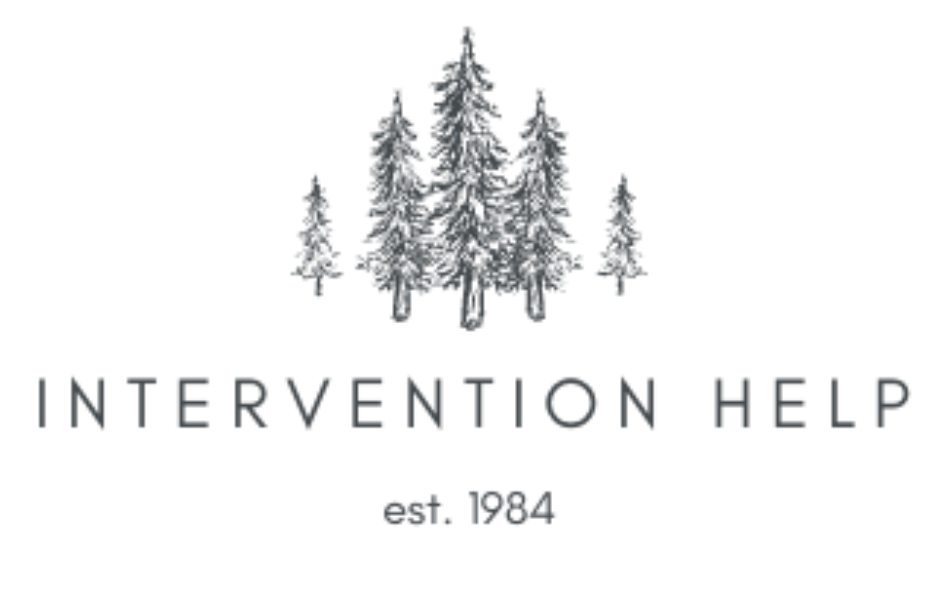What Happens Post-Intervention?
Interventions for addiction and mental health issues can be pivotal moments in the lives of those struggling and their families. But what happens after the intervention? Whether the individual agrees to treatment or not, the journey doesn't end with the initial confrontation. Stacy Plaisance, owner and lead interventionist at Intervention Help, provides a comprehensive look at the next steps and the continuous support necessary for both the individual and their family.
When the Person Goes to Treatment
When a loved one agrees to enter treatment, it marks the beginning of a critical phase in the recovery process. However, families often find themselves asking, "Now what?"
"Continued family coaching is essential," says Plaisance. "We provide weekly sessions and more as needed to keep the family informed and involved. It's about creating a plan and offering resources without any additional fees for increased meetings. The complexity of the family system and the individual’s needs dictate the level of support required."
Updates during this period include family support groups, couples therapy, and medication management. For the person in treatment, ensuring they have sober monitoring, a solid recovery plan, and relapse prevention strategies is crucial.
"We work to eliminate the “blame circle” if a family is split," Plaisance explains. "It's about making sure everyone is on the same page and focused on the recovery journey."
When the Person Does Not Go to Treatment
If the individual does not agree to treatment, the support doesn't stop. "We continue with family coaching and concierge meetings," Plaisance states. "It's about maintaining communication with the person of concern and motivating them through the stages of change to engage in recovery."
This involves ongoing smaller interventions, employing unique tactics to break through denial and encourage acceptance of the need for help. "Many interventionists emphasize setting strong boundaries and consequences," Plaisance notes. "But families often don't understand what these mean. Instead, it's about changing the communication style, verbiage, and reactions when the person of concern denies their addiction."
Family coaching focuses on improving how families interact with the individual, altering the structure of their relationships. "I don’t like the words 'boundaries,' 'consequences,' or 'enabling' because they can be confusing," Plaisance says. "It's about shifting the family's approach to support the person in acknowledging their problem and seeking help."
Understanding addiction and mental health issues is key for families. "Once the family understands the neuropsychology of addiction, they are in a better position to support the person of concern," Plaisance explains. "This knowledge empowers them to change their behaviors and communication styles, fostering a healthier environment for everyone involved."
Stacy Plaisance's Approach
Stacy Plaisance's methodology is hands-on and deeply involved. "I get in the trenches with the family," she says. "I become an impartial witness and mediator, seeing all sides and acknowledging them. But the focus remains on getting the person of concern the help they need. It's not about everyone having their say; it's about effective support."
This approach ensures that the family is not just bystanders but active participants in the recovery process. "When the family gets better, the person of concern is in a position to get better," Plaisance emphasizes.
The path after an intervention is multifaceted and requires ongoing support and adaptation. Whether the individual agrees to treatment immediately or not, continuous family coaching, psychoeducation, and tailored interventions are crucial. Stacy Plaisance and her team at Intervention Help are committed to providing the necessary resources and support, ensuring that both the individual and their family have the best chance for a successful recovery. Reach out today to get the help you, or your loved one, need.

